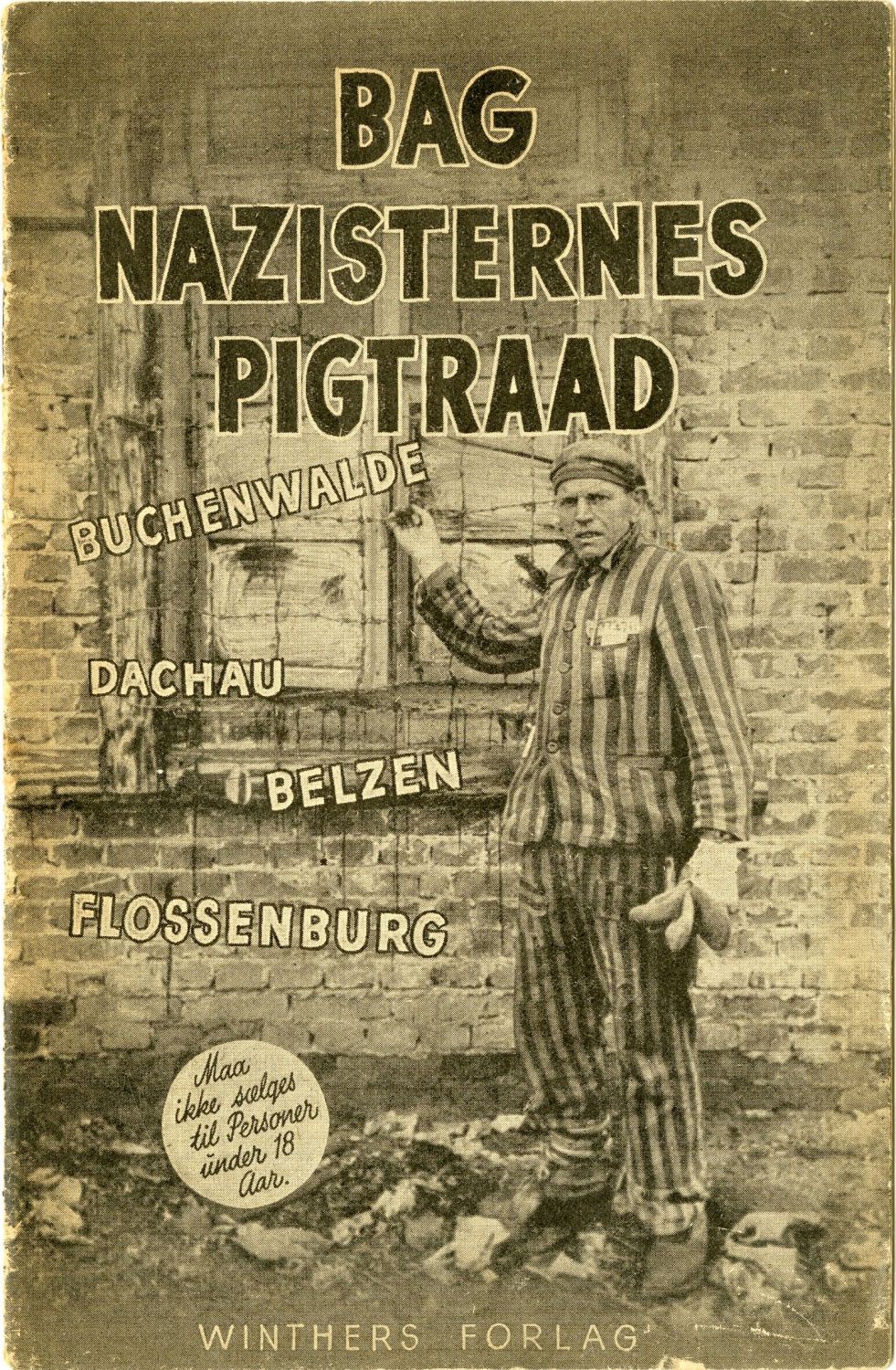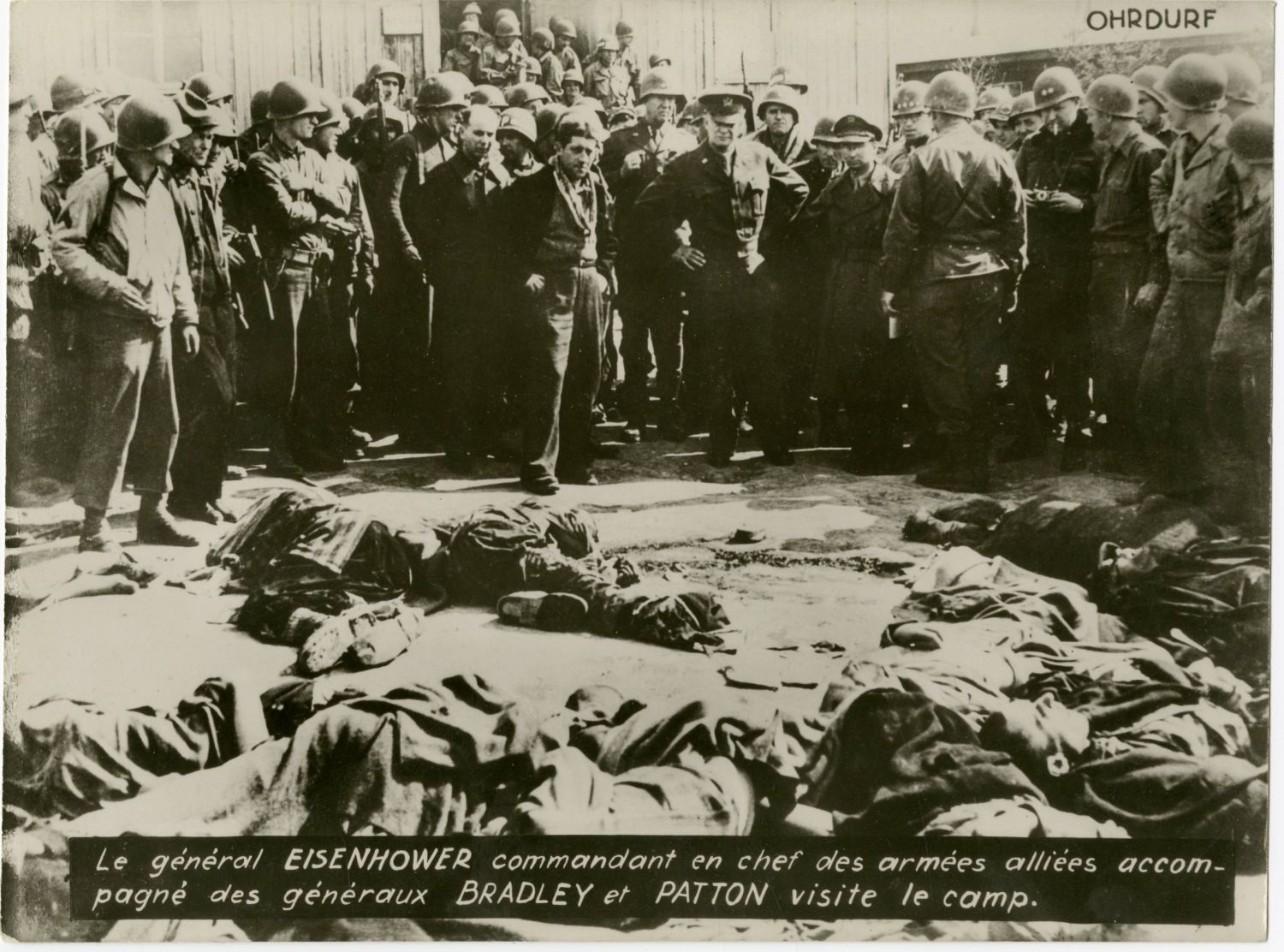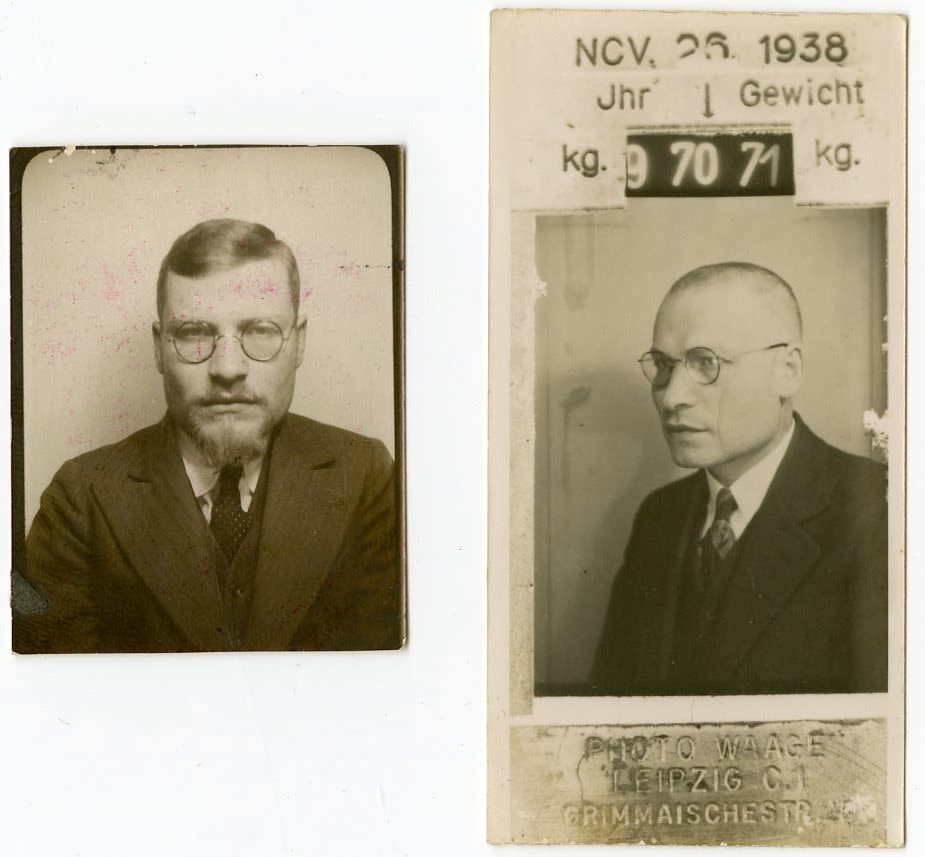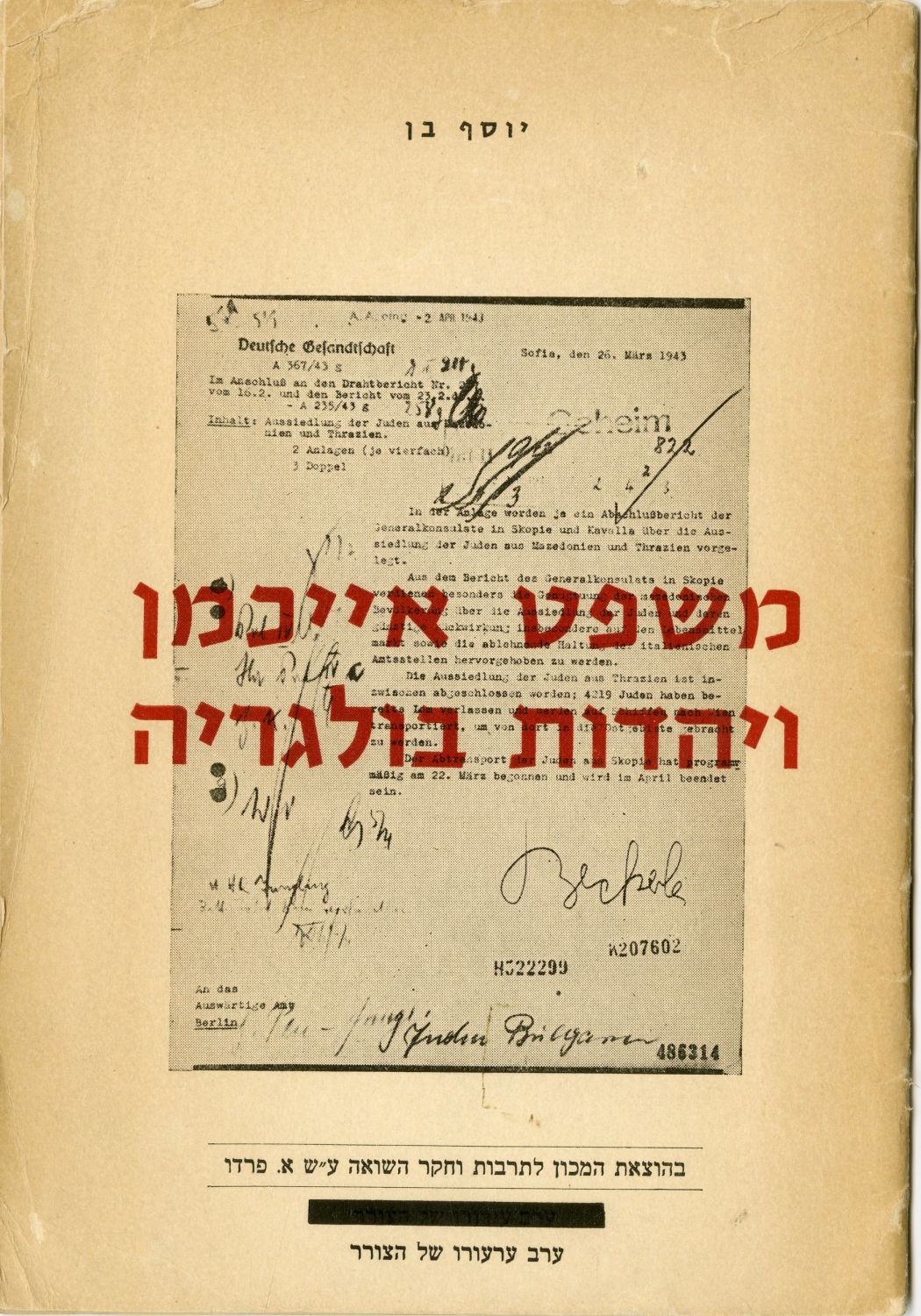Flossenbürg' by Marcel de koninck [c. 1945] - Early testimony by a prisoner of the Flossenberg camp who was sentenced to death by hanging by the Nazis and miraculously survived, was transferred to Brindonk and from there to the Flossenberg camp, managed to survive in the last weeks during the difficult weeks in which many of his comrades died in the camp, and wrote his amazing story shortly afterwards, in great detail. Dutch. rare.
Marcel was captured by the Gestapo on a charge of sabotage on the Brussels-Antwerp railway line, sentenced to death by hanging on April 4, 1944, but at the last minute after revealing several documents, he was taken to the Brindonk camp, and from there to the Flossenberg camp. Marcel tells about the daily occurrence in the camp, the torture he endured, the rapid weight loss until he reached only 39 kilograms, the attempts of collaborators with the Nazis to incriminate him, his miraculous survival while the typhus in the camp surrendered even those who survived the Nazis, and until they noticed planes Americans flying over the camp, and his release by Allied forces, and the exciting meeting with his mother at the end of the war.
The Flossenbürg concentration camp established by the Nazis in Bavaria in 1938, close to the border with the Sudetenland. In all, at least 30,000 people were killed in it. Although the camp was repeatedly expanded, the number of inmates in it was always much higher than the capacity of the camp. The camp inmates were employed in the arms industry, in factories such as "Universal", and in the construction of "Messerschmitt" fighter jets. Living conditions in the camp were unbearable. Hard labor in the quarries and the inadequate treatment received by the inmates in the camp, as well as the cruelty of the camp guards, cost many prisoners their lives. On April 8, 1945, SS men in the camp began to conceal evidence of what had happened there (Operation 1005). On April 20, 1945, the camp was finally evacuated. His commander, Max Koegel, ordered a death march in the direction of the Dachau concentration camp. After the end of World War II, about 5,000 bodies were found along the paths of the prisoners' death march. There were about 1,600 prisoners left in the camp who were unfit for the journey. The 90th Division of the United States Army arrived at the camp on April 23 and occupied it without resistance. Many of the inmates who stayed in it died over the next few weeks because of their poor health.
31 p. Good condition.











